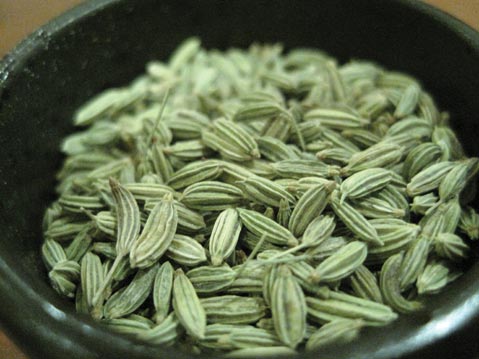Seed Time
Catalogs Hit Mailboxes This Month

The mailbox may still be spewing bills from the holiday spending spree, but this month, it also holds colorful and tempting seed catalogs. Printed on glossy paper or humble newsprint, the luscious color images of tomatoes, eggplant, peppers, and more are as seductive as the glittery jewelry and perfume ads that were in every magazine just a couple of months ago. Perhaps it is the urge to commit to a more healthy diet after the excesses of the recent celebrations that make the vegetable and fruit catalogs so inviting. Flowers are fine, but food is basic and enticing.
The catalog from Tomato Growers Supply Company (tomatogrowers.com) pictures each of its 271 tomato varieties in full color. It is overwhelming to contemplate, and if they included scratch and sniff, all would be lost. How to choose from the dozens of alluring red orbs? And then there are the pink ones, the yellow ones, the jade-green ones, the striped, the black, the purple. Besides tomatoes, there are 157 types of peppers, both hot and sweet, to choose from, and just less than 40 different eggplants. Not enough of a choice? Go to their Web site for 90 more tomatoes, 32 more peppers, and three more eggplants.
What’s amazing is that this one catalog would seem to have the corner on these “solanaceous” vegetables (really fruits, but let’s leave that for another time). Not so. Just one other catalog, Irish Eyes Garden Seeds (irisheyesgardenseeds.com), although not as extensive, had an additional nine tomato selections, nine peppers, and two more eggplants. And then there are the nurseries specializing in potatoes (Wood Prairie Farm and Ronniger Potato Farm LLC, to name just two). More interesting seed sources:
• Baker Creek Heirloom Seeds: rareseeds.com
• Territorial Seed Company: territorialseed.com
• D. Landreth Seed Company: landrethseeds.com
• Abundant Life Seeds: abundantlifeseeds.com
The hard part for those gardeners with limited space is that seeds usually come in packets of tens to hundreds of seeds. Even accounting for partial germination, there are lots of leftovers. Seeds are naturally engineered to last for a long time, awaiting that perfect moment when moisture, warmth, and some as-yet-unknown factors combine to prod them into life as a green, growing plant. The sooner they are exposed to those elements, the better, usually. One possible way to avoid letting those surplus seeds go to waste is to share them with your neighbors and friends.
Trading seeds (plants, cuttings, whatever) with other like-minded folk has become a yearly event here in Santa Barbara. The 4th Annual Seed Swap is coming right up. There will be a talk on Friday evening, January 27, with Bill McDorman of Native Seeds/SEARCH (for more on his work, go to nativeseeds.org). Then there will be a workshop on saving seeds, Saturday, January 28, and a seed swap on Sunday, January 29, that is free to anyone interested in sharing their seeds and plants. For more information about times and fees, visit the Santa Barbara Permaculture Network’s Web site at sbpermaculture.org.



